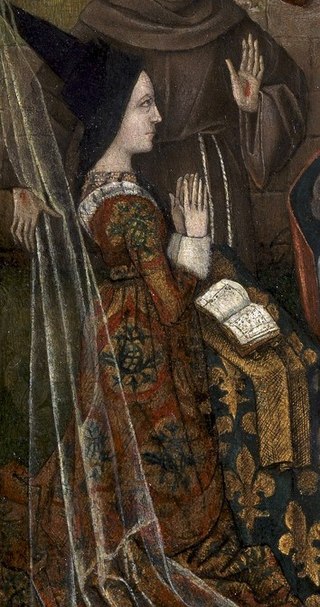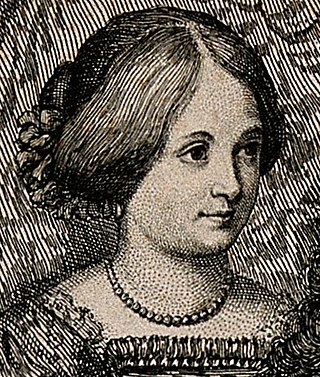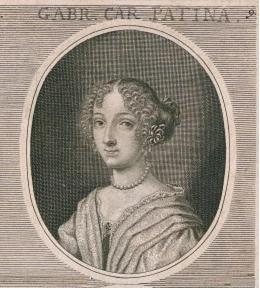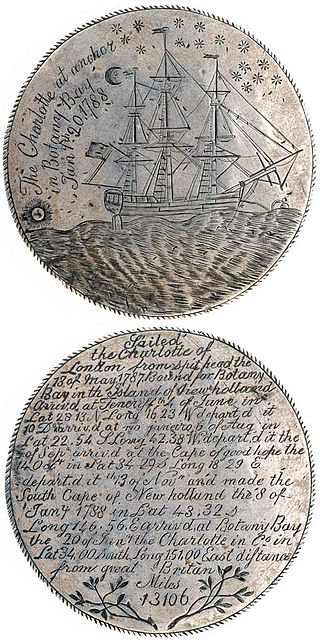
Religio Medici by Sir Thomas Browne is a spiritual testament and early psychological self-portrait. Published in 1643 after an unauthorized version was distributed the previous year, it became a European best-seller which brought its author fame at home and abroad.
Arthur Dee was a physician and alchemist. He became a physician successively to Tsar Michael I of Russia and to King Charles I of England.

Leopold the Good was Duke of Lorraine and Bar from 1690 to his death. Through his son Francis Stephen, he is the direct male ancestor of all rulers of the Habsburg-Lorraine dynasty, including all Emperors of Austria.

St Mary's Hospital is an NHS district general hospital in Paddington, in the City of Westminster, London, founded in 1845. Since the UK's first academic health science centre was created in 2008, it has been operated by Imperial College Healthcare NHS Trust, which also operates Charing Cross Hospital, Hammersmith Hospital, Queen Charlotte's and Chelsea Hospital and the Western Eye Hospital.

Charlotte Stuart, styled Duchess of Albany was the illegitimate daughter of the Jacobite pretender Charles Edward Stuart and his only child to survive infancy.

GuyPatin was a French doctor and man of letters.

Charlotte of Savoy was Queen of France as the second spouse of Louis XI. She served as regent during the king's absence in 1465, and was a member of the royal regency council during her son's minority in 1483.

Élisabeth Charlotte d'Orléans was a petite-fille de France and duchess of Lorraine and Bar by her marriage to Duke Leopold. She was regent of the duchy during the minority (1729–1730) and absence (1730–1737) of her son and suo jure princess of Commercy from 1737–1744. Among her children was Francis I, Holy Roman Emperor, the co-founder of the House of Habsburg-Lorraine.

Dwight Baldwin was an American Christian missionary and medical doctor on Maui, one of the Hawaiian Islands, during the Kingdom of Hawaii. He was patriarch of a family that founded some of the largest businesses in the islands.
Madeleine Patin, born Madeleine Hommetz, was a French moralist author.

Charlotte-Catherine Patin was a 17th- and 18th-century French writer and art critic.

Gabrielle-Charlotte Patin was a French numismatist, writer and painter during the 17th century.

Taylor Combe FRS was an English numismatist and archæologist.
Charles Combe FRS M.D. (1743–1817) was an English physician and numismatist.
Rogers Ruding (1751–1820) was an English cleric and academic, known as a numismatist and the author of the Annals of the Coinage. He was the Vicar of Malden, Surrey from 1793 until his death in 1820. Prior to his marriage in May 1793, he was the Reverend Clerk at St George's, Bloomsbury, in London.

The Charlotte Medal is a silver medallion, 74 millimetres (2.9 in) in diameter, depicting the voyage of the convict transport Charlotte, with the First Fleet, to Sydney, New South Wales, Australia. Its obverse depicts the ship and the reverse is inscribed with a description of the journey. Struck by convict Thomas Barrett upon arriving in Botany Bay aboard Charlotte in January 1788, the medal is said to be the first work of Australian colonial art. Within a month, Barrett became the first person to be executed in the new colony.

Charles Drelincourt was a French physician.
Jean Remy Marie Jules, baron de Chestret de Haneffe (1833—1909) was a Belgian numismatist and bibliophile who was also mayor of Donceel (1879—1885).
Antoine Vallot was a French doctor. He was First Physician to King Louis XIV. Antoine Vallot had succeeded François Vautier, or Vaultier, as the king's first physician. Antoine d'Aquin succeeded him in 1672.
This page is based on this
Wikipedia article Text is available under the
CC BY-SA 4.0 license; additional terms may apply.
Images, videos and audio are available under their respective licenses.













